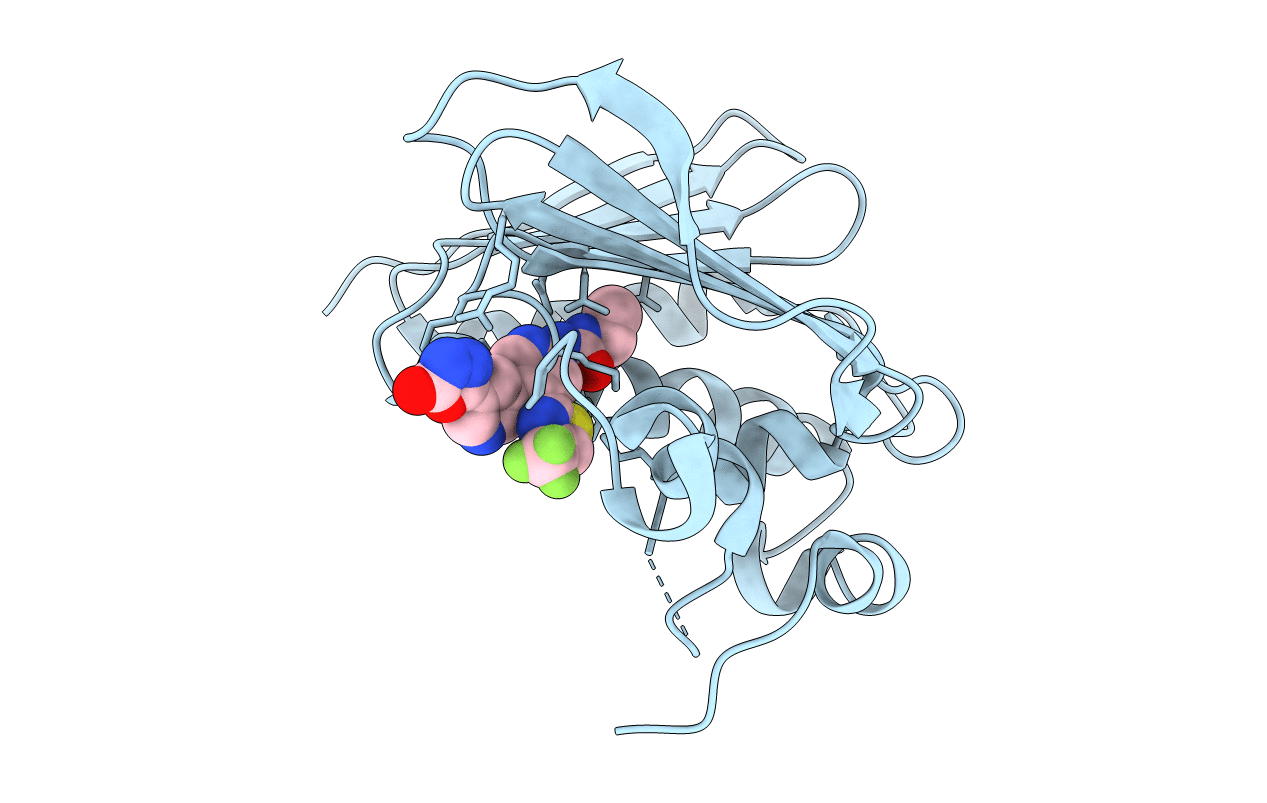
Deposition Date
2013-07-15
Release Date
2013-10-30
Last Version Date
2024-02-28
Entry Detail
PDB ID:
4LPB
Keywords:
Title:
Crystal structure of a topoisomerase ATPase inhibitor
Biological Source:
Source Organism:
Streptococcus pneumoniae (Taxon ID: 171101)
Host Organism:
Method Details:
Experimental Method:
Resolution:
1.75 Å
R-Value Free:
0.22
R-Value Work:
0.19
R-Value Observed:
0.19
Space Group:
C 2 2 21


